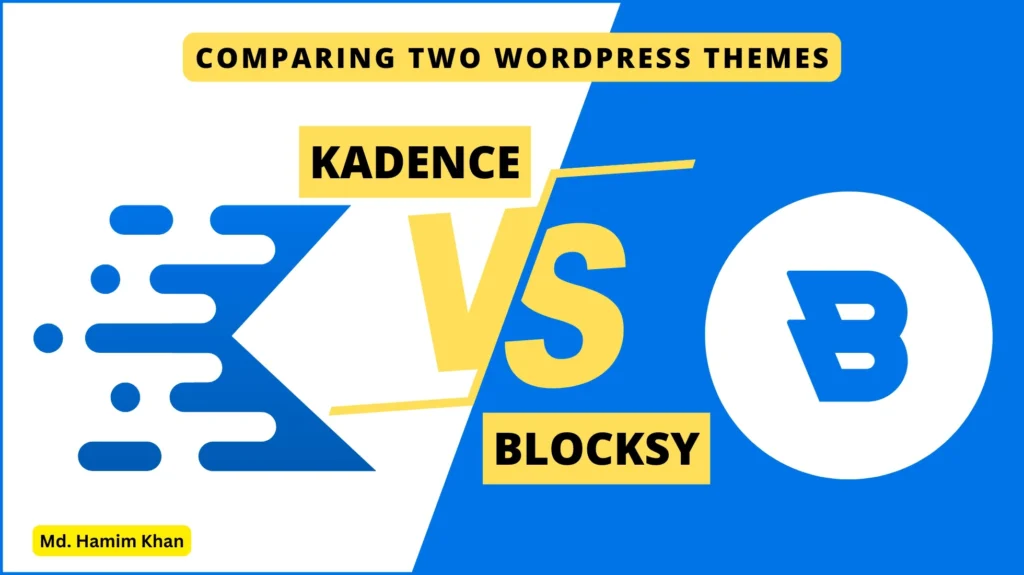Goals and objectives are two essential pillars for project managers striving for success! Understanding the key differences between these terms helps align your team, sharpen focus, and drive results.
Goals are broad terms that reflect a project’s overall mission. Objectives, on the other hand, are actionable steps to achieve those goals.
In this article, I’ll explain every detail with practical examples of setting goals and tracking objectives effectively that interplay in project management.
So, without further ado, let’s dig deeper.
Studies show that 37% of projects fail because teams don’t have clear goals or steps to follow.
Goals vs objectives: Quick comparison chart
| Key differences | Goals | Objectives |
| Meaning | Broad and Long-term outcome | Specific and measurable steps to achieve goals |
| Scope | Broader, General focus | Narrow, Precise focus |
| Timeframe | Long term vision(Months or years) | Short term(Day, Week, Month) |
| Purpose | Provide direction to achieve the desired vision | Breakdown process specifically to achieve the ultimate goal |
| Measurability | Difficult to measure | Measurable |
| Nature | Qualitative | Quantitative |
| Flexibility | More flexible and adaptable | More rigid and clearly defined |
| Ownership | Leaders | Project managers or individuals |
| Focus | Desired output result | Actionable tasks and milestone |
| Examples | Increase company revenue | Increase product sales by 15% in the next 2month |
Goals vs objectives: Detail key differences with examples

Get your team more knowledgeable about focusing on tasks with practical examples.
Here’s a detail of key differences between goals and objectives to drive your project more forward.
1. Meaning
A goal is a general statement of what the project aims to achieve. Objectives are the specific tasks and directions to attain the goals.
The goal reflects the company’s vision and mission. It doesn’t specify any direction to get the result.
On the other hand, objectives are the series of milestones and tasks that specify how to get through the mission to achieve a successful goal.
2. Scope
While objectives are more focused and specific, goals are more general terms.
When you talk about goals, it doesn’t specify the best way to achieve goals.
On the other hand, objectives are particular and outline every detail of tasks, milestones, and a timeframe for reaching the goal.
Example:
Project Goal: Increase company revenue
| Objective | Team members | Task | Deadline |
Increase company revenue by 15% in next 3 months. | Sales manager | Achieve $1,00,000 sales in next 3 month | January 28, 2025 |
| Sales representatives | Close 10 local clients in the next 3 weeks | February 29, 2025 | |
| Sales team | Generate 300 leads through outreach | March 15, 2025 |
3. Timeframe
Goals are long-term and take months or years to achieve. In contrast, objectives are set for a short-term deadline.
Goals have no specific timeframe. They’re just planning statements to achieve for the betterment of the organization.
While objectives are time-bound for multiple tasks, it could take months or even a year.
Each task needs to be completed within a strict deadline to fulfill the goals.
A project manager always keeps a record of tasks and reviews the deadline (daily, weekly, or monthly).
4. Purpose
A goal’s purpose is to focus on a desired result. Objectives are set, and milestones are outlined to help the whole team understand.
While reaching a company or business’s ultimate destination is the goal, the path is the objective here.
However, the purpose of an objective is to efficiently engage a team in attaining a successful goal.
5. Measurability
Goals are qualitative, not exactly measurable. On the other hand, objectives are quantitative and easy to measure.
Setting a goal is the improvement statement of the current situation. It’s just a preferable situation that a company needs to adapt to.
Objectives can be measured by addressing precious numbers and deadlines. They also compare with certain situations within fixed profit, time, and benchmark.
Example: Increase website traffic by 25% with SEO in the next 3 months.
6. Flexibility
Goals are more flexible and adaptable than objectives.
Goals are set for a long-term vision. So, there’s less chance to change a company goal.
On the other hand, objectives are more specific and detailed. Often, project managers make any change based on deadlines, improvements, or strategies.
7. Ownership
Top-level management, like leaders, managers, or organizations, owns goals.
Objectives are owned by a project manager, team leader, or individual. Then, all tasks are divided among individuals to reach our goals.
How do we measure goals and objectives?

It’s important to carry out a project with measurable indicators for better planning, execution, and evaluation. Let’s move on to the tactics you must follow to measure goals and objectives.
Steps to measure goals for a project
Step 1: Convert into KPI
Once the goal is set out, you need to address it specifically with Key indicator performance (KPI).
Examples:
- Goal: Improve customer retention
- KPI: Increase repeat customers by 20% within a year
Step 2: Set benchmarks and milestones
Now, break down the long-term goal into small, measurable milestones.
Examples: Set milestones in a month to reach your yearly goal.
- Check the progress of customer retention quarterly for 2 years.
Step 3: Check progress in monitoring tools
Use Asana, Monday.com, and klipfolio to monitor and track progress.
Step 4: Review goal progress
Review each milestone monthly, focusing on KPI to investigate progress!
Know if any improvement is needed! You can find it through track and review milestones.
Steps to measure objectives for a project:
Step 1: Construct SMART objectives.
Objectives should be specific, measurable, achievable, relevant, and time-bound. Construct the objectives using this formula.
Examples: Increase sales of products by 20% in the next 6 months.
Step 2: Set the framework for each task
Select multiple tasks for relevant teams and members with measurable indicators.
Examples:
- Increase sales team productivity.
- Average task completion rate
Step 3: Assign tasks
Call a meeting and assign tasks to each team. In the project management sheet, set the deadline and outcome.
Tools for project managers to stay up to date:
| Uses | Project Management Tools |
| Project planning tools | Jira, Asana, Wrike, Smartsheet, Microsoft Project |
| KPI Dashboard | Google Analytics, Hubspot |
| Collaboration tools | Slack, Microsoft team |
Step 4: Track and review progress
Track the employee’s task progress using real-time tracking tools.
| Uses | Tools |
| Project management | Microsoft Project, Asana, Monday.com |
| Data analytical tools | Tableau, Google Data Studio |
| Time tracking | Toggle, Clockify |
Step 5: Evaluate the result against the target
Review tasks daily to check whether the objectives can be achieved in time. You can implement strategies to adjust and improve the task if anything is wrong.
Step 6: Daily reporting and reviewing task
As a project manager, you should focus on daily reporting to achieve success in each milestone and attain a goal.
- Use visual reports to understand what’s exactly going on.
- Conduct team meetings with team leaders and members to ensure better output.
- Summarize the report weekly to review the task and reach next to the goal.
Final Words
With this guide on the differences between goals and objectives, you can clearly understand and manage the task more efficiently.
Though both terms have several differences, the main strategy is the same. The betterment of an organizations! – That hits the most!
I hope you’ll give your project a fly with this comparison guide!
People May Ask
1. What are project management goals vs objectives?
Goal is a broad term which reflect what a project aims to acheive. Whereas goals are short-term terms, including multiple tasks and milestones to achieve the goals.
2. What comes first, goals or objectives?
The goal comes first over objectives. An objective takes place after setting a goal. A goal is an overall vision of a business.
Here, objectives are the combination of direction and task to achieve the goal. After a goal is finalized, the objective can be broken down into tasks to reach the final goal.
3. Why are goals and objectives a critical component of management?
A business goal reflects what needs to be achieved in a specific period of time. The outline of objectives makes every task more specific to the organization’s top-level management and individual members. So, team productivity is enhanced through proper alignment, strategic teamwork, strict deadlines, and task progression.


